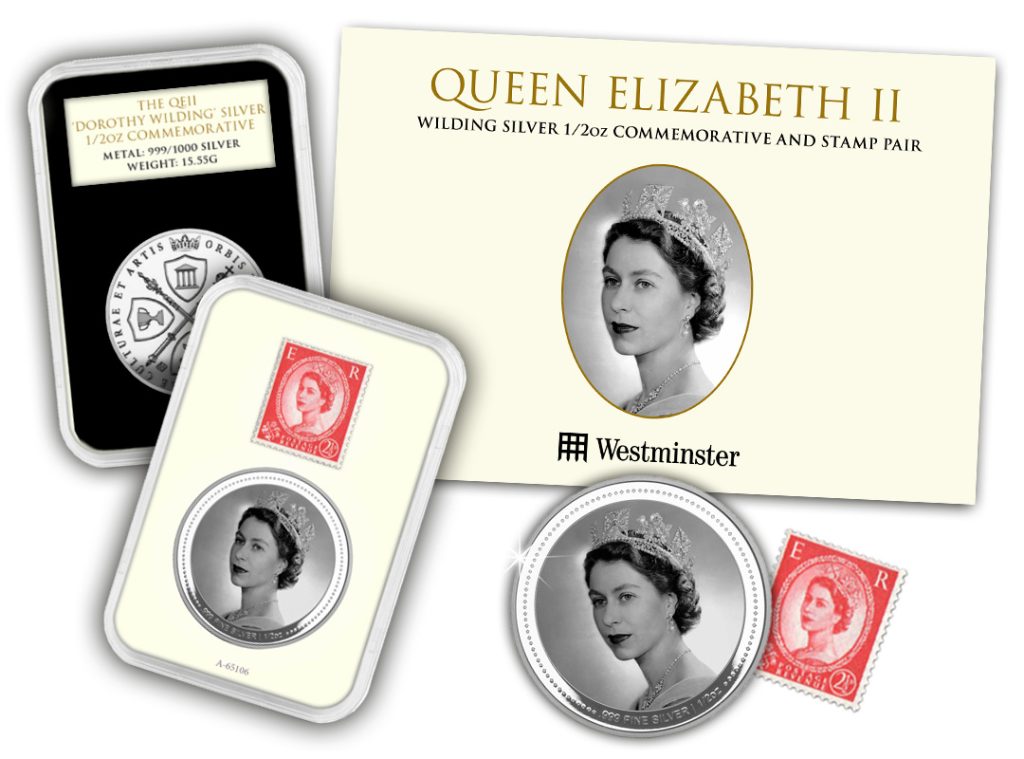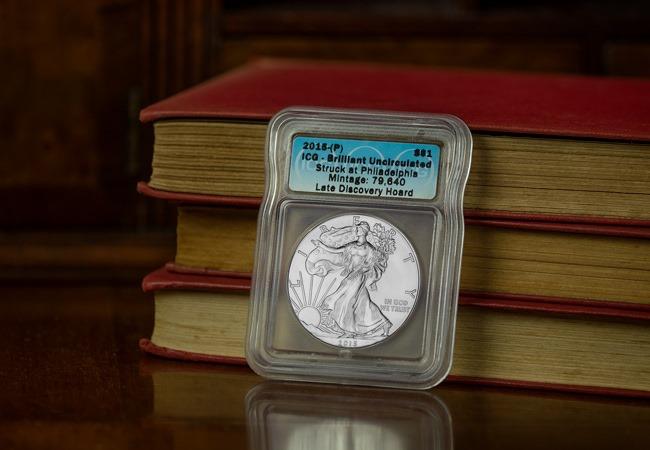Shop
Honouring Dorothy Wilding: The Visionary Behind Queen Elizabeth II’s Iconic Portraits
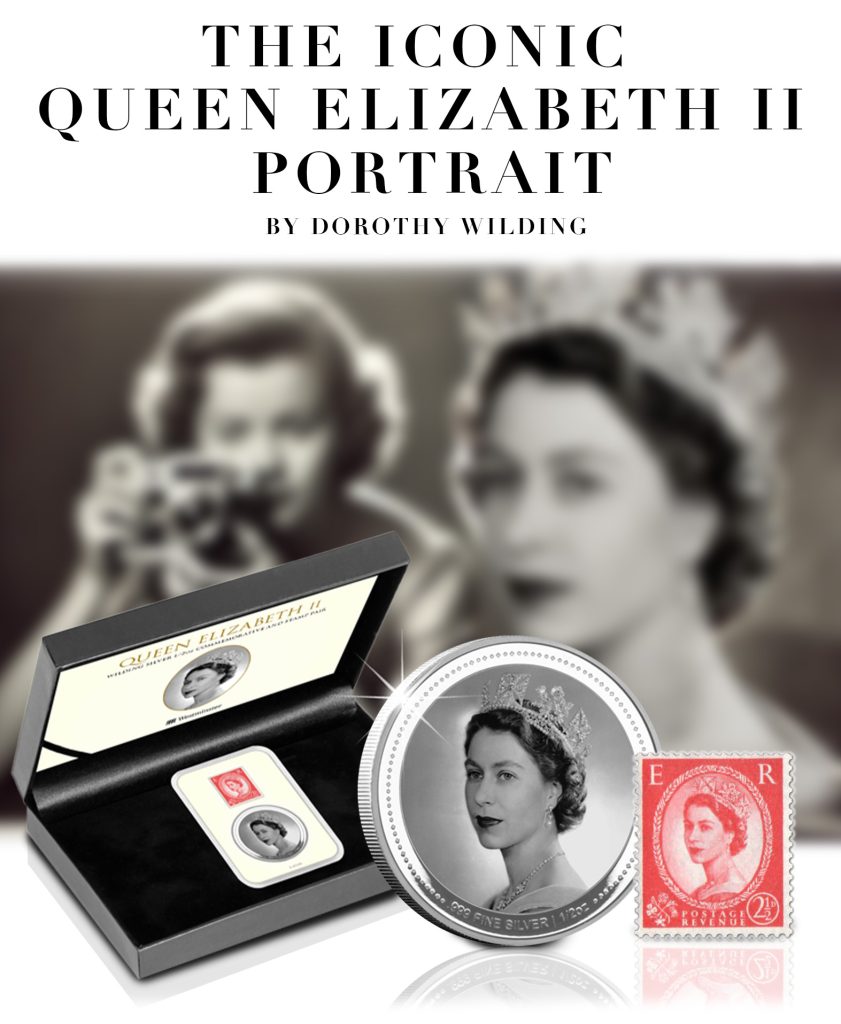

Dorothy Wilding, a name synonymous with timeless elegance and photographic mastery, played a significant role in shaping the image of one of the world’s most recognised monarchs: Queen Elizabeth II. Known for her simple yet striking photographic style, Wilding’s portraits of the Queen became the foundation for a new era of royal imagery.
In early 1952, just twenty days after Queen Elizabeth II’s accession to the throne, Wilding was granted the honour of conducting the first official photographic sitting. The Queen’s new role demanded an image that would grace coins, banknotes, and stamps, becoming a lasting symbol of her reign. Wilding, already experienced as a royal photographer, had previously captured official portraits at King George VI’s Coronation in 1937 and had been awarded the first Royal Warrant for a female photographer in 1943.
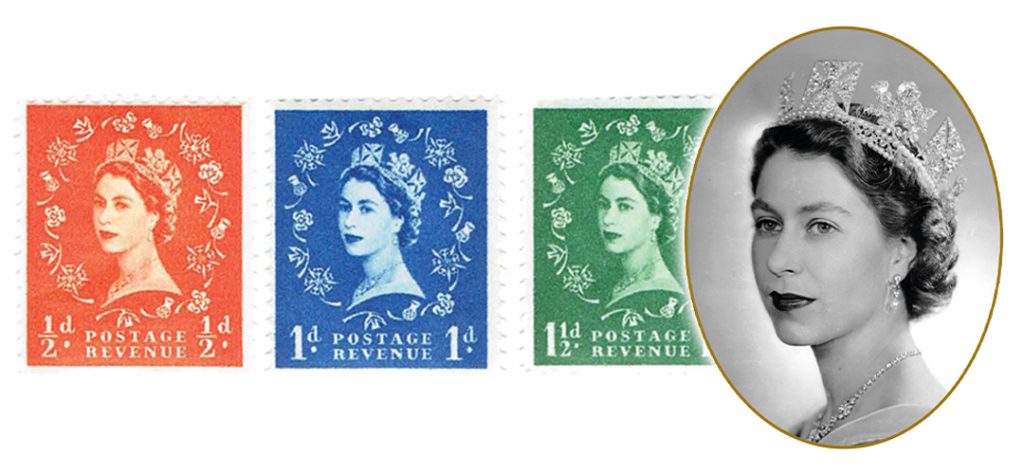
On February 26, 1952, Wilding photographed the young Queen wearing magnificent Norman Hartnell gowns and royal jewelry, such as the Diamond Diadem and the Girls of Great Britain and Ireland tiara. With an elegant simplicity, she utilized plain black and white backdrops, drawing all attention to the poise and grace of her subject. Out of the fifty-nine images taken during that session, one particular portrait became an icon. This three-quarter bust image of the Queen was selected for the 2½ pence stamp, released for the 1953 Coronation. The first stamp to depict Elizabeth II featured this portrait, and these stamps became commonly known as “Wildings.” The Queen’s head is turned slightly towards the viewer in a three-quarter profile, adding to the elegance of Wilding’s work.
For the ½d, 1d, 1½d, and 2d value stamps, the portrait was adorned with a decorative floral design created by Enid Marx. When we say a stamp has a value in “d,” this means its value in pennies. For example The notation “1½d” refers to one and a half (1.5) old pence. The “d” stands for “denarius,” a term used in pre-decimal British currency to denote pennies. Before 1971, the UK used pounds, shillings, and pence, with 12 pennies to the shilling and 20 shillings to the pound, totaling 240 pence in each pound. The currency change in the 1970s, known as decimalisation, significantly impacted stamps.
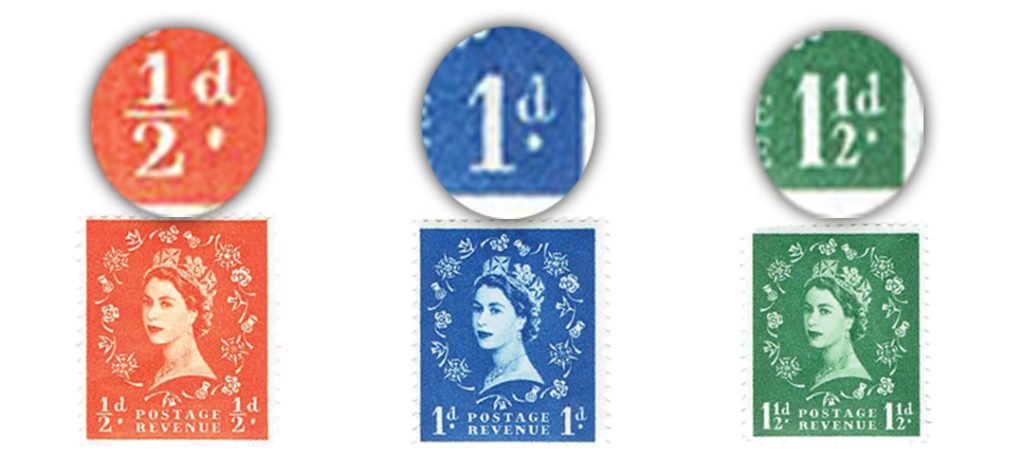
The stamps featuring this iconic portrait remained in circulation until 1971, and the photograph itself was hung in British Embassies around the world. Wilding’s work not only captured the Queen’s regal aura but also set a precedent for how the monarchy was represented on currency and official memorabilia. Her artistry continues to be celebrated and remembered as a key component of Britain’s visual heritage.
Introducing the Dorothy Wilding Silver Commemorative and Postage Stamp Set
To honour the legacy of Dorothy Wilding and her contribution to royal history, we are excited to present the First Dorothy Wilding Silver Commemorative and original postage stamp set. This exclusive offering celebrates the artistry of Wilding and the iconic image of Queen Elizabeth II that shaped an era.
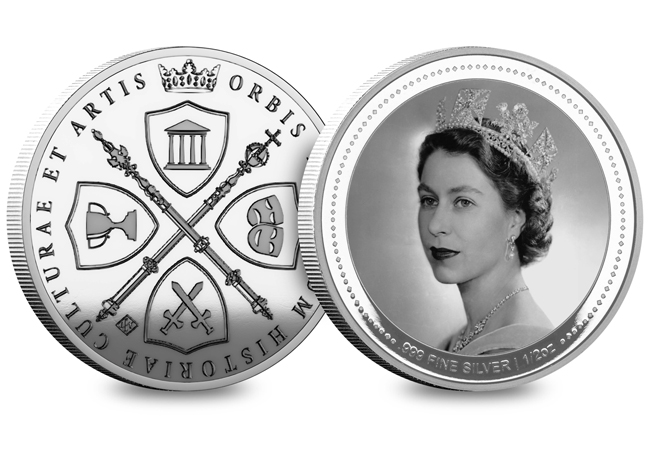
This set features a beautifully designed half-ounce pure silver commemorative, adorned with an officially licensed portrait of Queen Elizabeth II by Dorothy Wilding. The striking image is courtesy of the National Portrait Gallery, London, and reflects the timeless elegance that made Wilding’s photographs so celebrated. The commemorative captures the Queen’s grace and the iconic simplicity of Wilding’s style, making it a collector’s treasure.
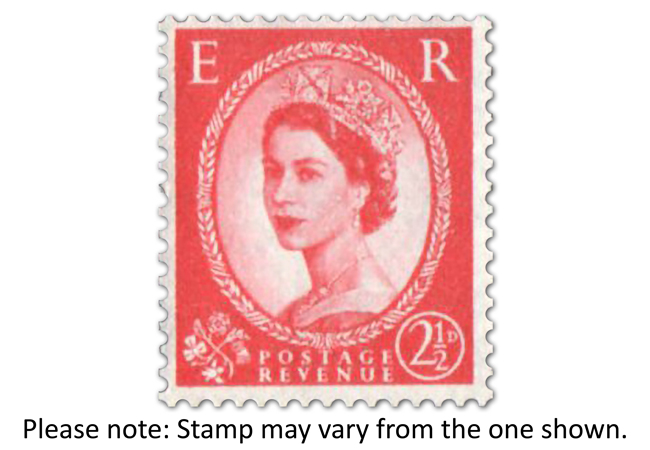
Accompanying the commemorative is an authentic Dorothy Wilding postage stamp, carefully selected from the 1952–1968 period. These stamps, available in vibrant colours and various denominations, offer a glimpse into the era when Wilding’s portraits of the Queen became a part of everyday British life.

But a limited quantity of just 250 sets being released this year, you will need to be quick to secure yours before they are all gone.
This exclusive collectible not only commemorates the artistry of Wilding but also celebrates the enduring legacy of Queen Elizabeth II. Each set includes a Certificate of Authenticity, affirming its place in history and the prestige of owning such a meaningful piece of royal heritage.
The Memories of Her Majesty at Christmas Collection

Christmas has always been a time for reflection, family, and cherished traditions. For Queen Elizabeth II, it was no different. Her life, entwined with this festive season, was marked by poignant moments that captured the essence of her reign and personal warmth. This year, as we celebrate her memory, we invite you to journey through these moments with our exclusive commemorative collection that captures five special Christmas memories from Her Majesty’s life.

A Young Princess Singing Carols with Her Sister

Long before her ascension to the throne, the young Princess Elizabeth shared precious Christmas moments with her sister, Princess Margaret. The image of the two young royals singing carols together evokes the innocence and joy of childhood during the festive season. This commemorative celebrates the timeless tradition of Christmas carols and the joyful spirit of youth.
The Queen’s Speech

In 1952, Queen Elizabeth II delivered her very first Christmas speech over the radio. A solemn yet hopeful message, she marked the beginning of what would become a beloved tradition for generations. This commemorative celebrates that historic moment, reminding us of her unwavering dedication and connection with the nation, even at such an early stage in her reign.
Family at Windsor Castle

The late 1960s saw the Queen spending Christmas with her family at Windsor Castle. These were times of warmth, laughter, and the simple pleasures of togetherness. Our commemorative captures the joy of these festive family gatherings, symbolising the importance of unity and the deep family bonds the Queen cherished.
Visiting the Church of St Mary Magdalene

One of the Queen’s most cherished Christmas traditions was attending the service at the Church of St Mary Magdalene on the Sandringham Estate. Surrounded by family and well-wishers, these visits became a hallmark of her reign during the festive season. This commemorative captures these precious moments from the 1990s, symbolising her devotion and the enduring connection she shared with the community.
Riding in the Snow at Sandringham

An avid equestrian, Queen Elizabeth II often embraced the wintry landscapes of Sandringham. The image of her riding through the snow exemplifies her love for nature and tradition. This commemorative pays tribute to her resilient, adventurous spirit and her love for horses, showing a side of the Queen that many have admired over the years.
A Collection to Treasure This Christmas
As we remember these cherished moments, we invite you to honour Queen Elizabeth II’s legacy with this exclusive collection. Each piece tells a story of Christmases past, capturing the spirit of Her Majesty’s life and reign during this special time of year.

This Christmas, let her memory warm your hearts and inspire you to cherish your own festive moments with loved ones. Visit our website today to explore the collection and keep the Queen’s spirit alive in your home this holiday season.
Collectors Guide: What makes a coin so collectable?
The world’s most expensive coin, the Flowing Hair Dollar, went up for auction yesterday. In 2010 it sold for just under $8 million, three years later it set a world record when it sold for over $10 million. It was bought by a collector to add to a unique collection of Early Silver Dollars – including the 1804 Draped Bust Dollar which made headlines when it sold for over $3 million in 2017.
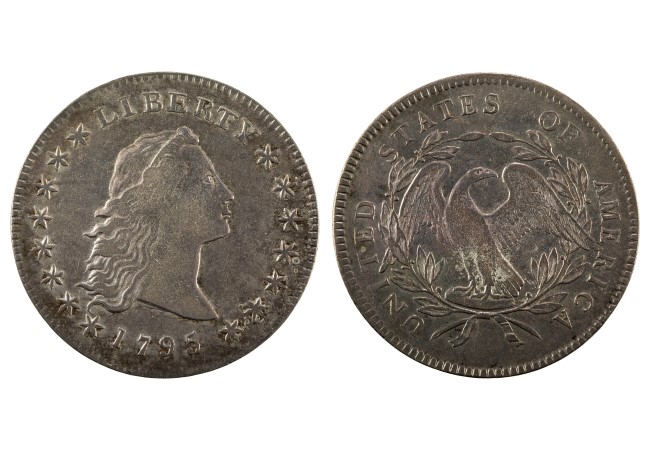
What makes a coin collectable?
It’s incredible to think that a 1 dollar coin could be worth millions today, but there’s several things that determine the numismatic value and collectability of a coin. So we’ve put together a collector’s guide to help you know what to look out for when adding coins to your collection.
Several things determine the numismatic value and collectability of a coin – usually it’s based on the type of coin, the year it was minted, the place it was minted and even its condition or finish. But the biggest factor is probably the mintage of a coin and its rarity.
Mintage and Rarity
It’s the old rule of supply and demand – the less that are made, the more difficult a coin is to source and the more collectable it becomes. There are thought to be less than 150 of the Flowing hair dollars in existence today which contributes to the value of them.
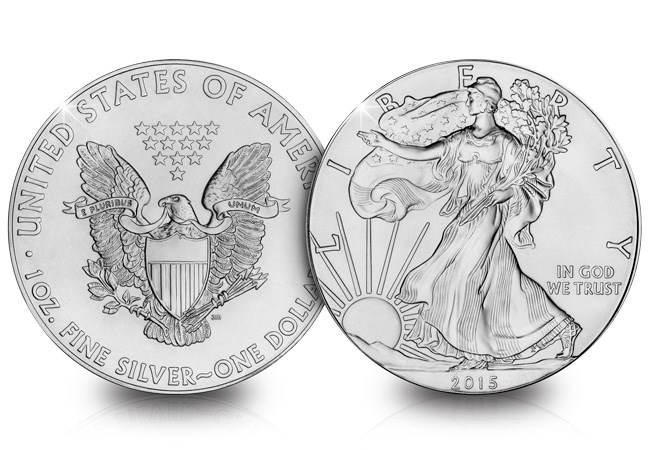
Or take for example the US 2015 Silver Eagle. This had a mintage of just 79,640, making it three times rarer than the second rarest silver Eagle (this year’s COVID Eagle). As these were snapped up by collectors, they have become more and more scarce, and in higher demand than ever, with collectors willing to pay a premium just to add one to their collections.
Year of issue
This doesn’t always mean age of the coin, but the year can play an important factor in determining the value of a coin. Generally you can expect to pay a premium for historic issues but this isn’t always the case. In fact some Roman coins can be picked up for less than £50, but coins from much more recent times, such as Victorian Crowns can sell for hundreds of pounds! Victorian crowns struck in important years, such as the 1887 Jubilee Head crowns are more desirable because of their links to significant events.
Finish
The finish of a coin, or the strike, is also an important factor to consider. Proof finished coins are struck several times with specially prepared blanks, which gives the design a particularly sharp edge and shows every detail. Proof finishes are highly desired among collectors, as are coins issued in BU – or brilliant uncirculated finish. This means the coin hasn’t been in circulation so is free from all the scratches you’d find on coins in your change.
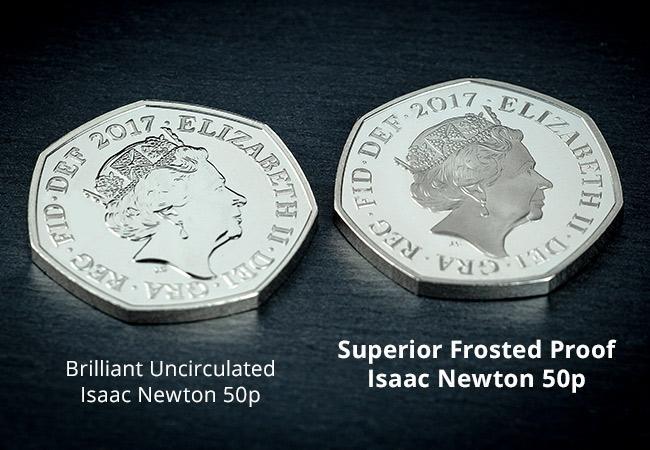
Minting location
Sometimes the mintmark or location of the mint in which a coin was struck can affect the collectability of the coin. The mintmark on a coin tells us where a coin was struck, and from that collectors use historical records to work out just how rare each coin is. For example, the Morgan Dollar was struck in 5 different mints, but the Carson City issues are the most sought after – they were struck for only 13 of the 43 years in which the Morgan Dollar was minted.

Many collectors specialise in some of these areas and build their collections around rare coins, themes and years of issue, or even mintmarks. But demand can and often will change over time and sometimes that means the value someone is willing to pay for a coin will increase over time – just as we’ve seen with the Flowing Hair Dollar.
If you’re interested…
Own the RAREST EVER Silver Eagle: Three times rarer than this year’s “Covid Eagle” we have managed to source a tiny number of these coins straight from the US. Click here to secure yours with a deposit of JUST £19.50 now >>

